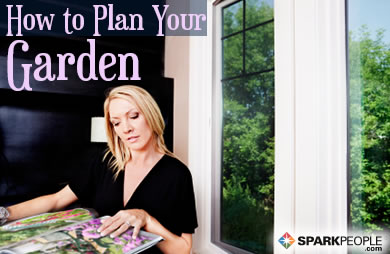There are plenty of great things about winter: the warm-and-fuzzy holiday season, hot cocoa in abundance and, for some, pristine snowfalls. But winter also brings shorter days—and, depending on where you live, it may mark the end of daylight savings, which pushes up the sunset even earlier. As a result, it may feel like someone has suddenly dimmed the lights on the world. Depending on your schedule, you might find that it’s still dark when you leave the house in the morning, and then dark again when you get home at the end of the day.
As it turns out, this subtle shift can play a major role in our attitude. Miriam Amselem, a corporate wellness expert specializing in nutrition, meditation, mindfulness and stress reduction, says that moving the time in either direction changes our principal time cue, which is light. “[The change in light exposure] disturbs our circadian rhythm and causes our internal clock to become out of sync,” she explains.
According to psychotherapist Lisa Bahar, the darkness has a psychological effect that signals the brain to rest—hence the tendency to want to curl up on the couch at 6 p.m. instead of going for a run or preparing a healthy meal.
In addition to zapping energy and productivity, the darker days can also trigger the “winter blues," which, for some, may also spiral into seasonal depression, also known as seasonal affective disorder (SAD). Norman E. Rosenthal, M.D. first introduced the concept of SAD, and described it as “a type of depression that occurs regularly, every autumn and winter, when the days get short and dark,” although it may occur at other times of the year as well. In addition to lack of light, stress and biological disposition can also be contributing factors.
“During the winter months, people with SAD are less able to handle stress than they are at other times of year,” he explains on his blog. “For example, having to get to work early in the morning, to work long hours or to meet deadlines are all particularly stressful for those with a tendency to develop SAD, especially when these stresses occur during the winter.”
5 Ways to Adjust to Darker Days
Although you may never be quite as cheerful or productive in winter as you are in the summer if you are susceptible to SAD, there are some strategies you can explore to help alleviate depressive symptoms.
1. Light Therapy: According to Dr. Rosenthal, the most effective treatment is light therapy, which involves infusing more light into your surroundings. That might mean bringing more lamps into your indoor space or making it a point to step outside for at least 15 or 20 minutes each day, particularly when the sun is out, to help adjust your body clock. Rosenthal also recommends using light boxes for artificial light therapy.
2. Prioritize Sleep: Regulating your sleep habits is another great way to counteract seasonal depression, notes Amselem. When possible, try to hit the sack at the same time each night and get in seven to eight hours of shut-eye. “Getting enough restful sleep can ward off the common effects of seasonal depression,” she says. It’s also a good idea to set your alarm clock to wake up at the same time every day, even on the weekends, as oversleeping beyond your regular routine can disrupt your circadian rhythm even more, Amselem adds.
3. Meditate. Rosenthal has also found meditation to be a highly effective means of managing SAD symptoms. He practices "transcendental meditation," but notes that others have found relief through other forms, such as mindfulness, which includes insight meditation (Vipassana), loving-kindness meditation, open field meditation (such as monitoring one’s breathing) and walking meditation. “Yoga can also be highly beneficial for reducing stress and keeping you limber in the winter months,” he adds on his blog.
4. Sweat It Out: Don’t underestimate the uplifting effects of exercise, particularly during rainy, gloomy and cold days, says fitness trainer Jill Brown. For extra mood-boosting benefits, she suggests trying a sauna or a hot aromatherapy bath after exercise.
5. Eat Smarter: Your diet can also contribute to depressive symptoms. As Rosenthal points out, people with SAD often crave sweets and starches. “Although these may boost energy briefly, there is often a rebound when people feel tired and lethargic, and are [then] driven to gorge on more sweets and starches,” he explains on his website. He recommends sticking to a winter diet that is high in proteins, vegetables, unprocessed foods and complex carbohydrates.
If you’ve tried these strategies and are still suffering from depression, lethargy or lack of motivation, consider reaching out to a medical professional to find out whether psychotherapy or antidepressant medications could help you manage your symptoms.









.png)



